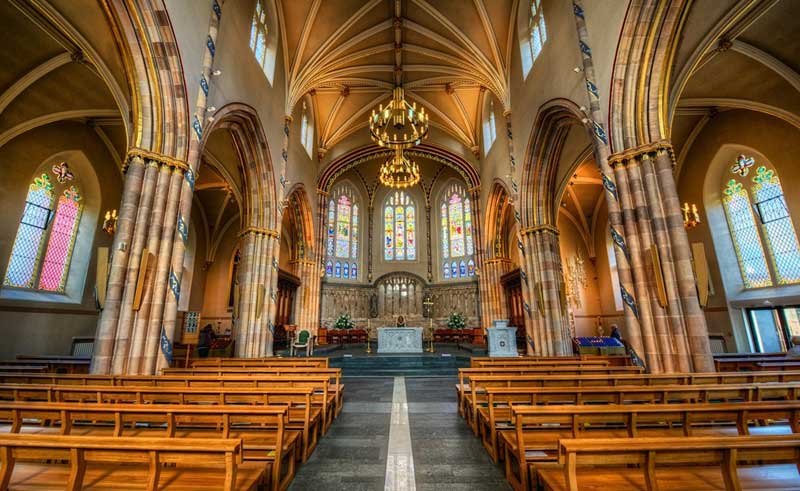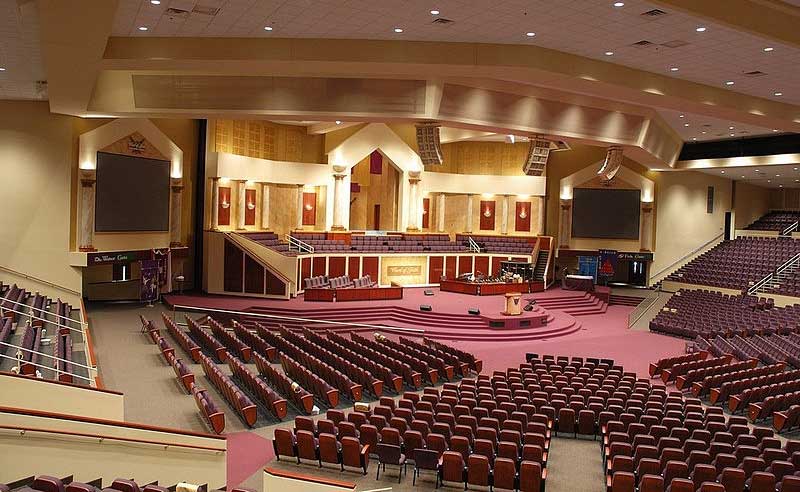What is the Anglican Church Beliefs
Anglican Church Communion, a religious body of national, independent, and autonomous churches throughout the world that adheres to the teachings of Anglicanism and that evolved from the Church of England. The Anglican Church Communion is united by a common loyalty to the archbishop of Canterbury in England as its senior bishop and titular leader and by a general agreement with the doctrines and practices defined since the 16th century in The Book of Common Prayer.
Origins of the Anglican church:
The roots of the Anglican Communion can be traced to the Reformation in the 16th century when King Henry VIII rejected the authority of the Roman Catholic pope in Rome and established an independent church in England. The essential teachings of the church were first set down in The Book of Common Prayer, compiled by Thomas Cranmer, and the organization of the Church of England was worked out during the 16th and 17th centuries. From the time of the Reformation, the Church of England followed explorers, traders, colonists, and missionaries into all parts of the world. The colonial churches generally exercised administrative autonomy within the historical and creedal context of the mother church. It was probably not until the first meeting of the Lambeth Conference (so-called because it was held at Lambeth Palace, the archbishop of Canterbury’s residence in London) in 1867 that there emerged among the various churches and councils a mutual consciousness of an Anglican Communion. Since its inception, the Lambeth Conference, which meets every 10 years, has constituted the principal cohesive factor in Anglicanism, even though its decisions are not binding and must be approved by the individual churches.

Anglican church beliefs And Practices:
Anglican church beliefs and practices are often said to be the middle ground between those of the Roman Catholic and those of the Protestant churches. The Communion teaches a Trinitarian understanding of God and believes in Jesus as the coequal and coeternal Son of God who came for the salvation of humankind. The holy book of the Communion is the Bible, which is made up of the Old Testament, or Hebrew Bible, and the New Testament. Anglicans also accept the Nicene Creed and the Apostles’ Creed as essential statements of their beliefs. There are only two sacraments, baptism, and the Eucharist, but the Communion honors confirmation, ordination, marriage, reconciliation of the penitent, and unction of the sick as important religious rites. Easter and Christmas are two of the most important holy days in the Communion, and members of the church attend weekly services. The Communion’s worship service varies but often includes the eucharistic rites, prayer, the singing of Psalms and hymns, readings from the Gospels and the Hebrew Bible, and a sermon by the presiding minister.
The Anglican Church Beliefs Communion accepts a threefold order of ministry, including bishops, priests or presbyters, and deacons. The bishop is the chief administrative officer of the church, and the highest figure of this rank is the archbishop of Canterbury. Priests, who may be men or women, are responsible for overseeing the local church, proclaiming the Gospel, blessing, and pardoning in God’s name, and administering the sacraments. The function of the deacon is to assist the priest; deacons help to administer the sacraments and are also called upon to help spread the Gospel.
While population differences and other factors account for some variation in basic structure between the churches, several elements predominate. The diocese, under the authority of a bishop, is the basic administrative unit throughout the Communion. The diocese is made up of parishes, or local church communities, each under the care of a pastor. In many of the national churches, dioceses are grouped into provinces. In some, parishes may be grouped also below the diocesan level into rural deaneries and archdeaconries.
Recent History of Anglican Church:
In the 20th century, the Anglican Communion played a prominent role in the ecumenical movement. In 1966 Archbishop of Canterbury Arthur Michael Ramsey met with Pope Paul VI, the first such meeting since the Reformation. A milestone in Anglican–Roman Catholic relations was reached in 1982 when Pope John Paul II met with Archbishop of Canterbury Robert Runcie to discuss prospects for reconciliation between the two churches. Obstacles emerged, however, in 1989 when the Anglican Communion began to ordain women as priests and bishops and in 2003 when the Episcopal Church in the United States of America (ECUSA) consecrated V. Gene Robinson, an openly gay man, as the Anglican bishop of New Hampshire.
Both Robinson’s consecration and the blessing of same-sex unions by individual American and Canadian congregations met with opposition within the Anglican Communion. National churches in the “Global South”—the postcolonial countries in Africa, Asia, and South America in which a large majority of the world’s Anglicans lived in the early 21st century—raised vigorous objections to these developments. In 2004 the leaders of the member churches of the Anglican Communion agreed to a moratorium on the ordination as bishops of individuals in same-sex relationships. Meanwhile, traditionalists, demanding that the American church repent, took steps to establish alternative institutions that stressed a more conservative form of Anglicanism. In 2007 some American congregations that had withdrawn from the Episcopal Church in the United States of America placed themselves under the jurisdiction of Archbishop of Nigeria Peter Akinola and formed the Convocation of Anglicans in North America (CANA). Akinola’s appointment of an American bishop within the ECUSA’s jurisdiction and against the wishes of Archbishop of Canterbury Rowan Williams further increased tensions. Other American churches that had withdrawn from the ECUSA placed themselves under the jurisdiction of Gregory James Venables, the primate of the Anglican Church of the Southern Cone of America, a South American church.
In 2008 more than 300 bishops from Africa, Asia, North America, Australia, and the United Kingdom attended the first meeting of the Global Anglican Future Conference (GAFCON) in Jerusalem. Although the conference expressed both the desire to remain within the Anglican Communion and respect for the archbishop of Canterbury, its official statement, the Jerusalem Declaration, decried the Communion’s failure to discipline the “false gospel” promoted by some American and Canadian churches. Affirming a traditional Anglicanism, the declaration rejected same-sex marriage and refused to recognize the authority of “heterodox,” or unorthodox, priests and bishops. About 230 of the bishops attending GAFCON subsequently boycotted the 2008 Lambeth Conference of Anglican bishops.
In 2009 members of CANA joined members of other churches that had left the ECUSA to launch the Anglican Church in North America (ACNA). The new church was appointed as its primate former Episcopal bishop Robert William Duncan, an outspoken traditionalist who had led the diocese of Pittsburgh out of the ECUSA two years earlier. With the support of primates from several other Anglican churches, largely in Africa and South America, the ACNA announced its intention to join the Anglican Communion.
The ECUSA’s consecration of Mary Glasspool, who was in a same-sex relationship, as a suffragan bishop in the diocese of Los Angeles in 2010 increased tensions between liberals and traditionalists within the Anglican Communion and prompted a rebuke of the ECUSA from Williams for breaking the 2004 moratorium. Later that year the Anglican Communion imposed sanctions on the ECUSA, barring it from participating in ecumenical dialogue and removing its decision-making powers in matters of church doctrine.
World Religions
Read also:
The Biology of Belief by Bruce Lipton “Book Review”
Mormon beliefs | What are the core beliefs of Mormonism
Taoism beliefs | What are the core beliefs of Taoism
Maradona religion | All about The Church of Maradona
The church of the flying spaghetti monster | All about it
Negative Core Beliefs | What They Are and How to Change Them



